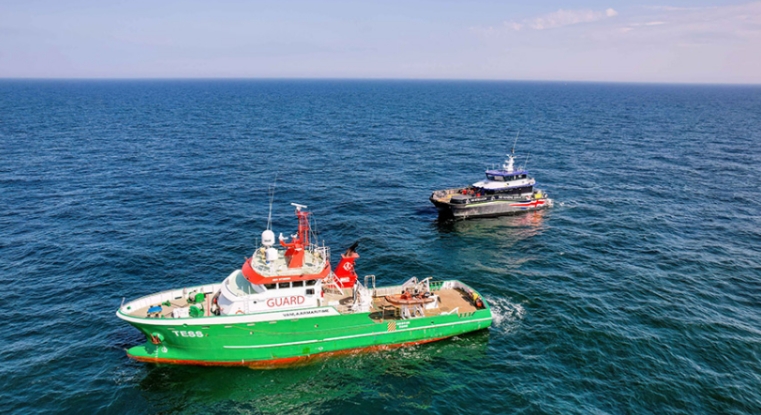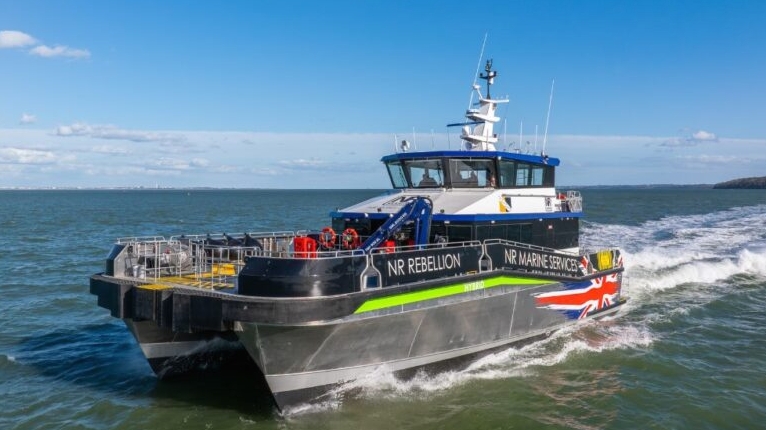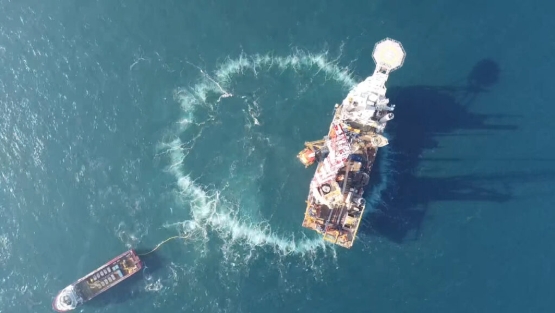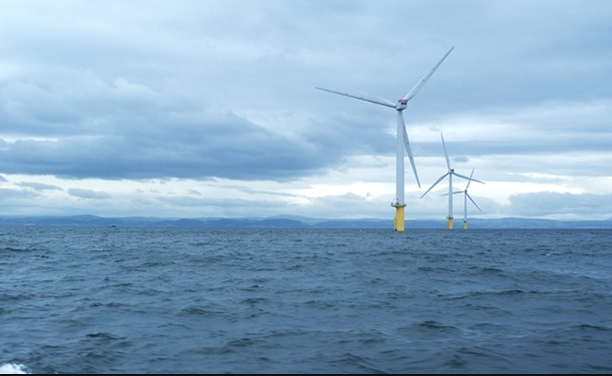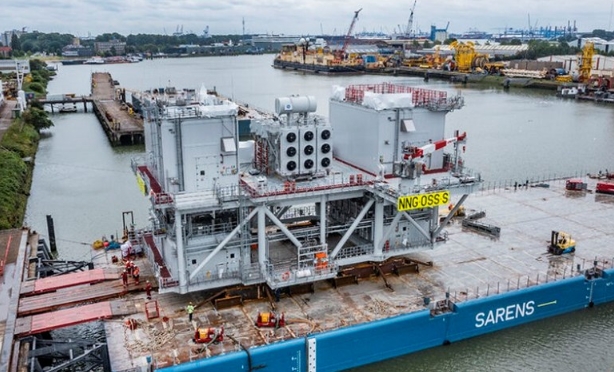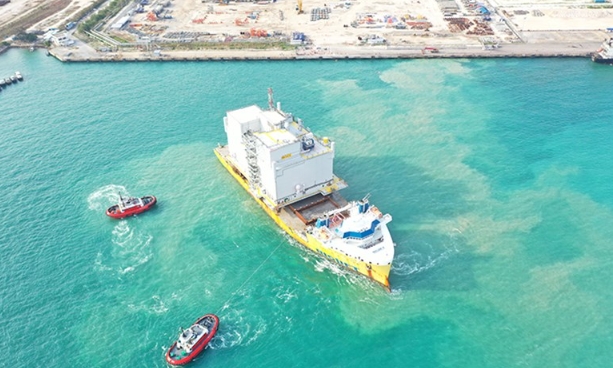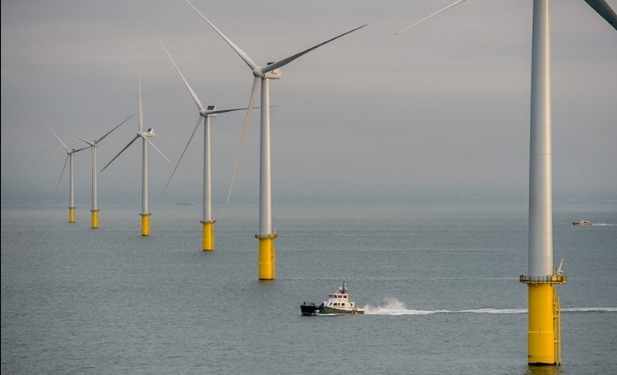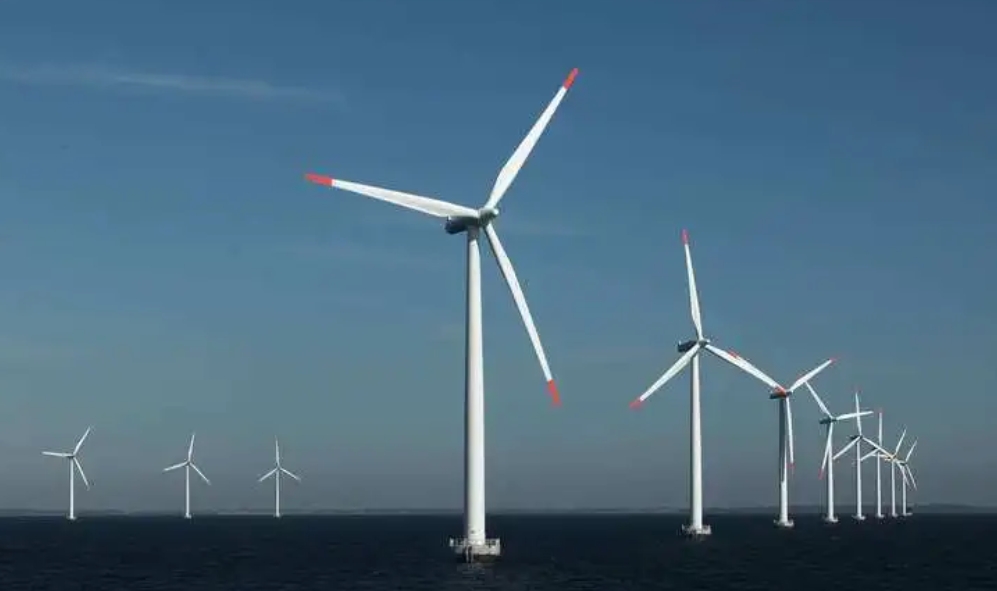
Growing the UK’s supply chain for offshore wind represents a GBP 92 billion (approximately EUR 106 billion) opportunity to boost the UK’s economy by 2040, according to a report by the Offshore Wind Industry Council (OWIC) and the Offshore Wind Growth Partnership (OWGP).
The report, titled “Supply Chain Capability Analysis”, outlines key measures that industry and government can take to strengthen the UK’s offshore wind supply chain, according to OWIC.
The UK has the world’s second-largest installed offshore wind capacity, with a government target to more than triple this capacity by 2030 to 50 GW, including 5 GW of floating offshore wind.
The expansion represents a significant increase in demand for equipment and services required to develop, construct, and operate offshore wind farms. Meanwhile, the expansion of offshore wind in other countries allows the UK to export its equipment, services, and expertise abroad, OWIC said.
“The UK is one of the world leaders in offshore wind in terms of installed capacity, contributing to lower energy bills, extra money for the public purse, and new jobs being created in coastal towns and cities,” said Tim Pick, Chair of the Offshore Wind Growth Partnership, and the UK’s former Offshore Wind Champion.
“However, we’re only really scratching the surface when it comes to the full potential economic and social benefit of offshore wind, which we can only capture by maturing our domestic supply chain.”
The analysis outlines some key areas of advantage for the UK supply chain, as well as areas for potential improvement.
Among the report’s key recommendations are to take a systemic view of the supply chain, prioritising long-term economic value creation in areas where the UK could build globally competitive industrial capacity.
“Achieving this requires a coordinated strategy from both public and private sectors, with industry programmes like the OWGP playing an important role. There are significant lessons to be learned from the aerospace and automotive sectors where the UK already has nurtured a leading position,” said Pick.
In May, eight UK businesses secured a share of a GBP 2 million (about EUR 2.3 million) grant competition from OWGP, with projects focusing on condition monitoring of turbine blades and inter-array electrical cables and biofouling prevention on turbine ladders.
Last month, the Offshore Renewable Energy (ORE) Catapult launched the first Fit 4 Offshore Renewables (F4OR) programme in Wales, specifically designed to support local companies bidding for work in the floating offshore wind industry.
